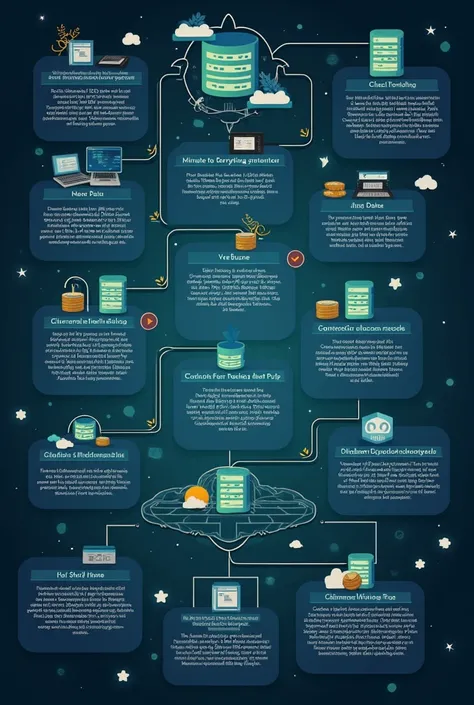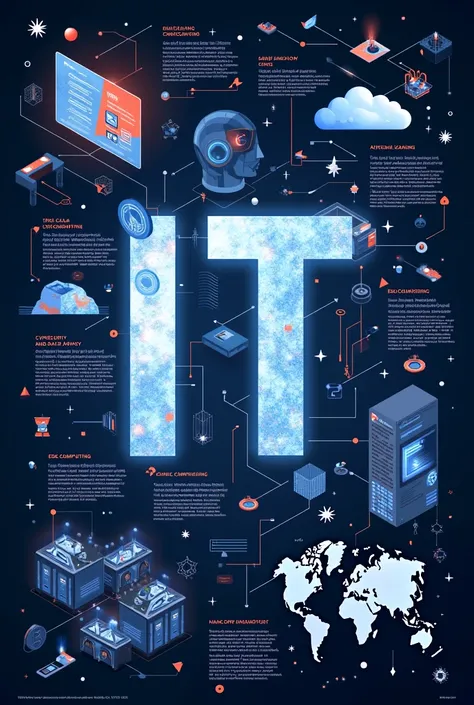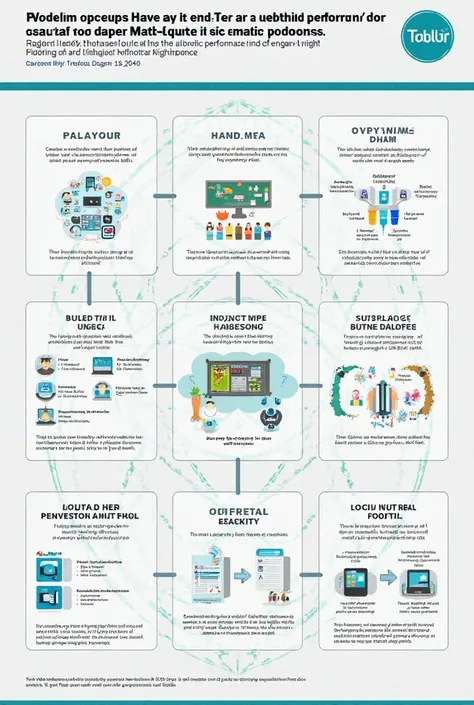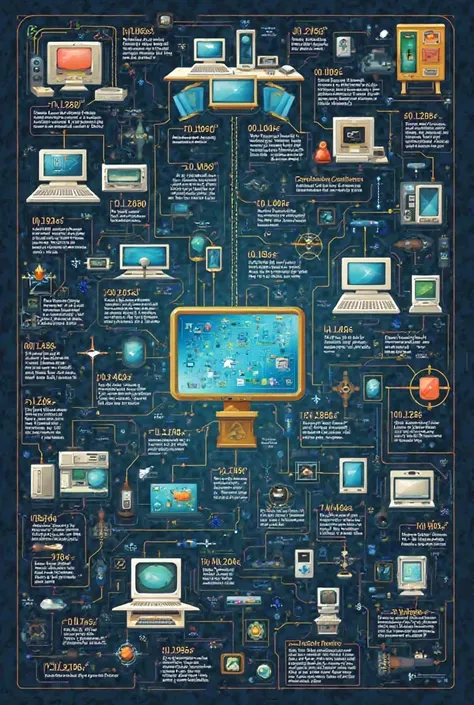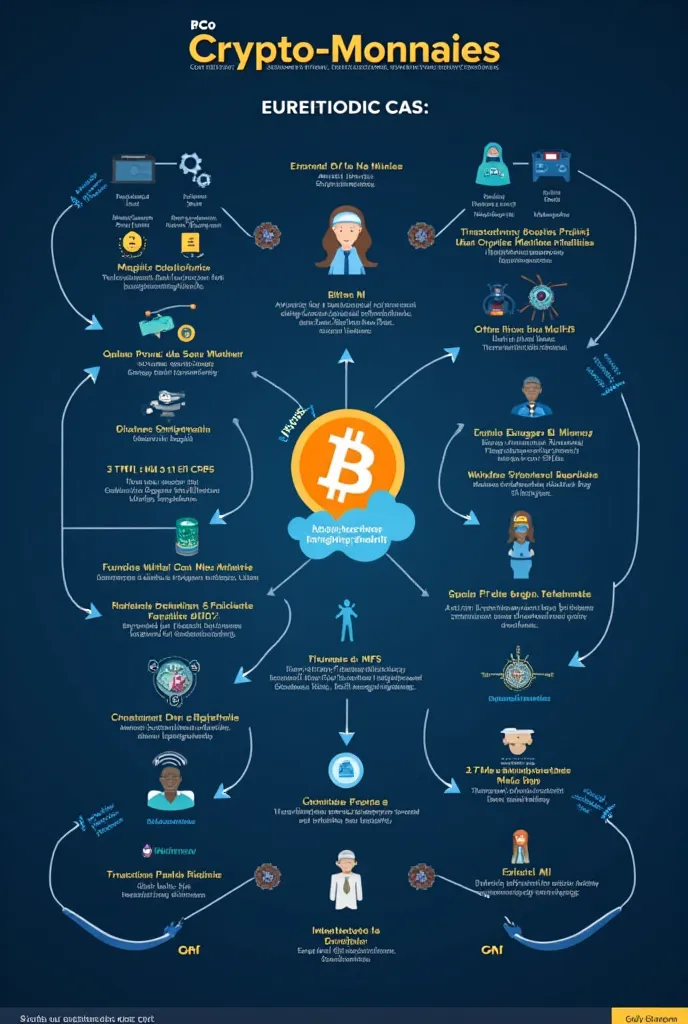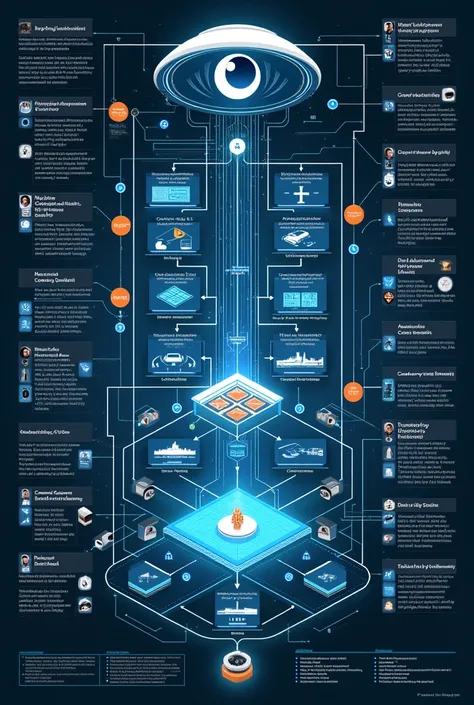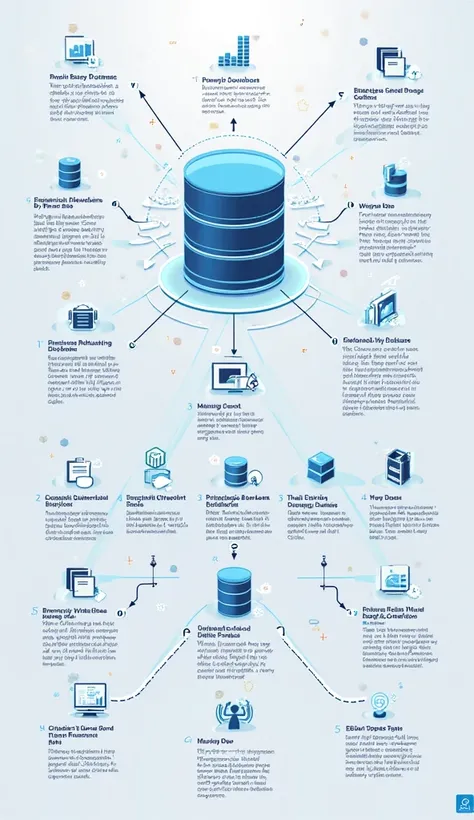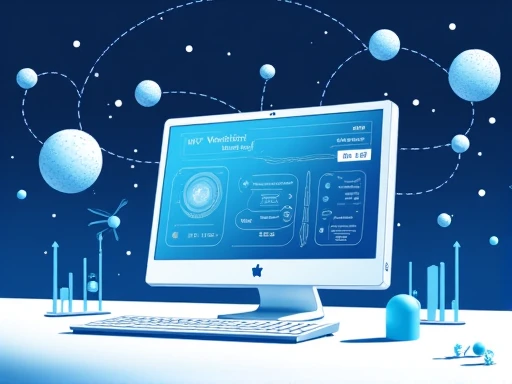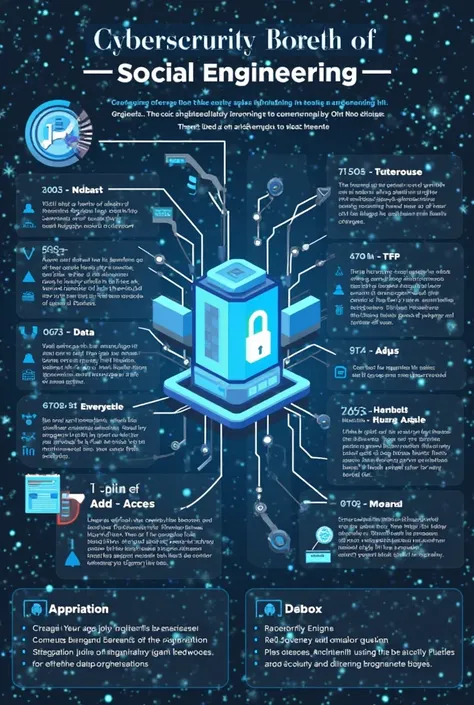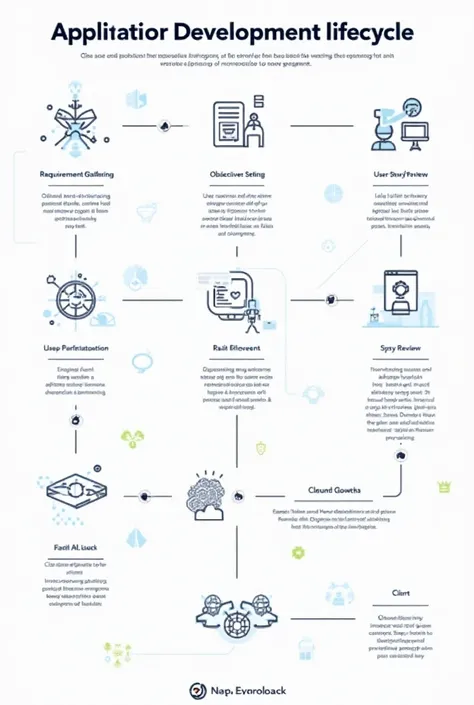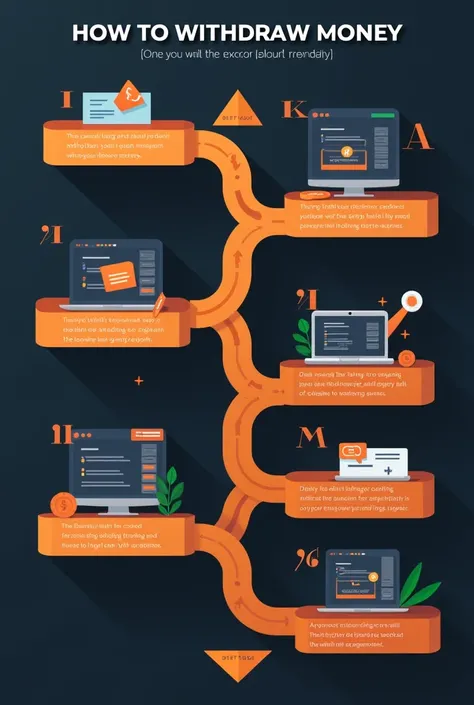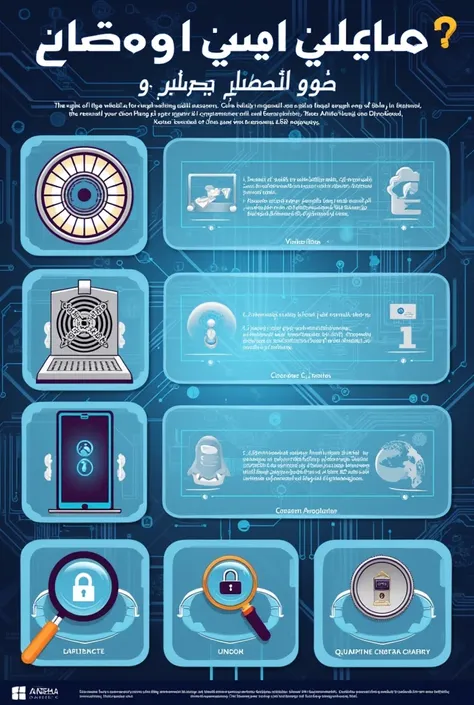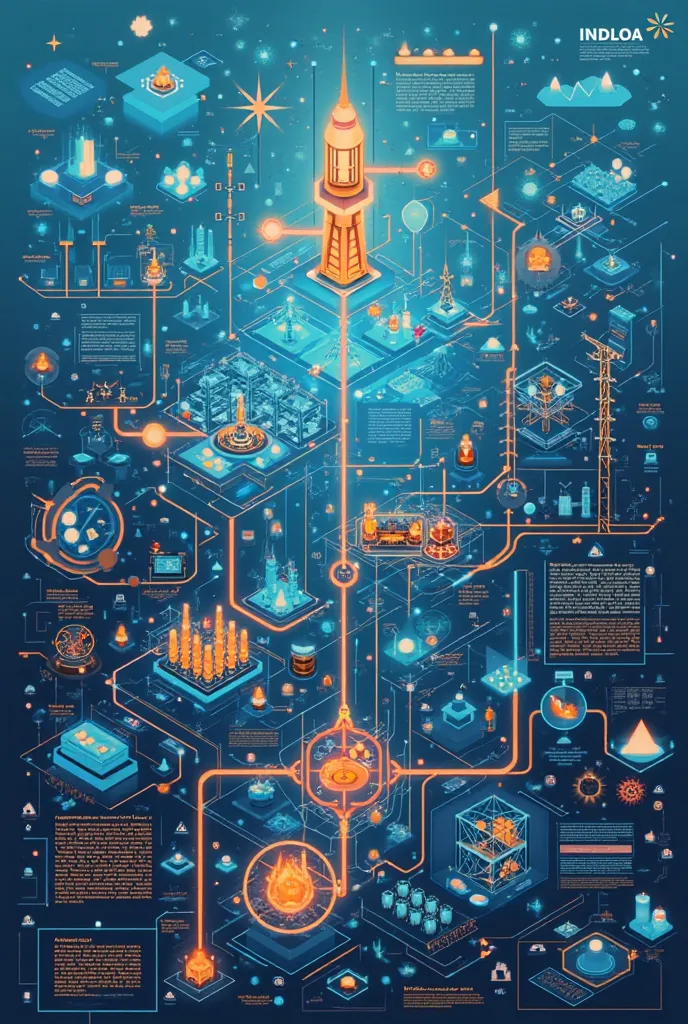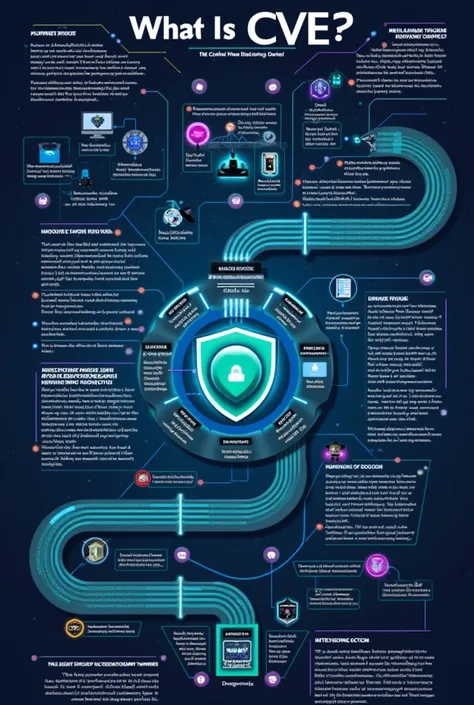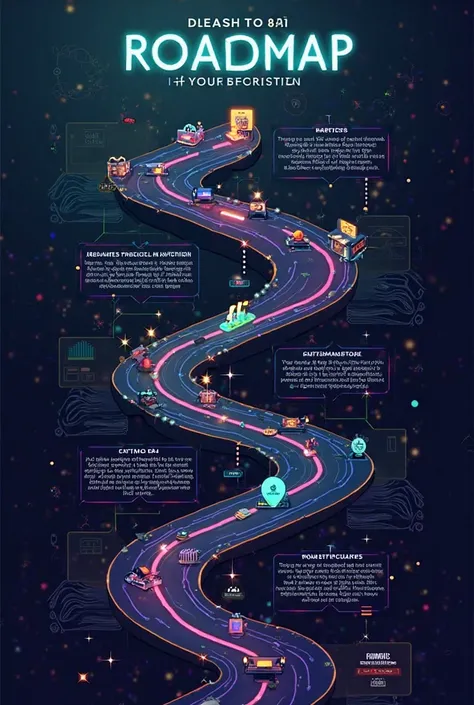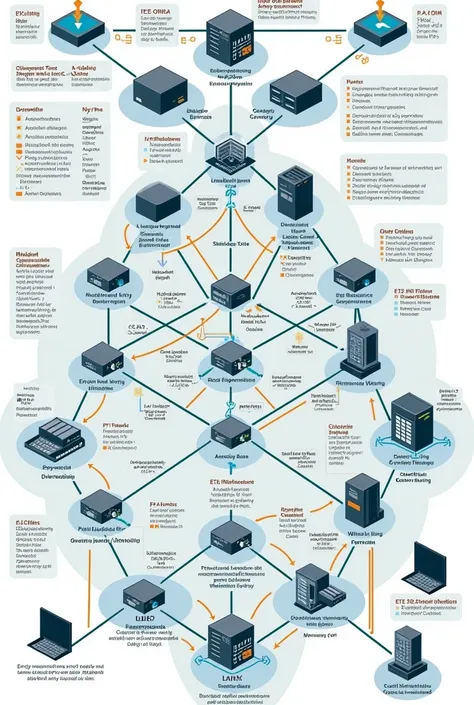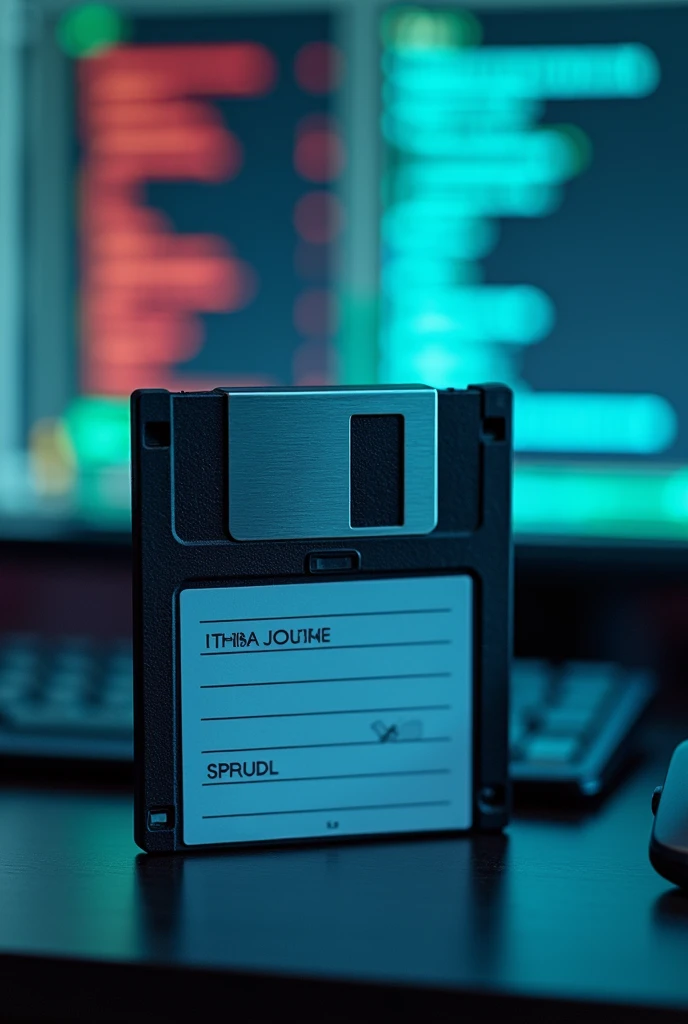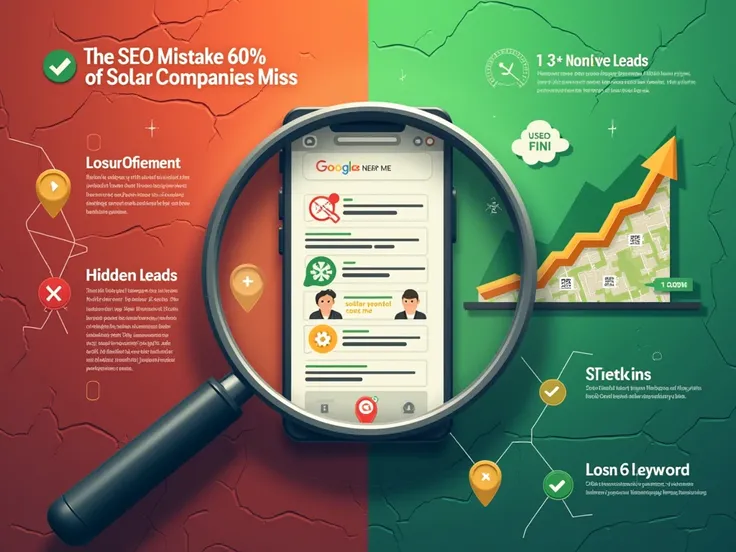Your script for the short video on the history of databases is dynamic and engag
![Your script for the short video on the history of databases is dynamic and engaging. It is structured in a way that keeps the viewer's interest, providing historical data and curiosities that enrich the content. Here are some tweaks and tips to further optimize your video's narrative and flow.:
1. **[Introduction]**
- Consider adding a tension-building sound effect before the narrator's first sentence to immediately capture attention..
- **Storyteller:** "Imagine a world without databases! From punch cards to the cloud, have been key in technological evolution. Nowadays, They handle more data in a single day than all of humanity did in the first 5,000 years. Let's explore its fascinating history!"
2. **[SEGMENT 1: THE FIRST SYSTEMS (1950s-1960s)]**
- You could use an old sound effect when mentioning punch cards, to create a period atmosphere.
- **Storyteller:** "It all started in the 50s, with punched cards and magnetic tapes as primary tools for storing data sequentially. **Interesting fact:** Punch cards, First used in the 1890 United States census, They remained a crucial part of the digital age well into the 1960s.."
3. **[SEGMENT 2: HIERARCHICAL AND NETWORK MODELS (1960s-1970s)]**
- **Storyteller:** "In the late 60s, IBM developed the hierarchical model, Key to NASA's Apollo Program, but with limitations in flexibility. **Interesting fact:** The network model, proposed by Charles Bachman, revolutionized the sector and earned him the first Turing Award in 1973."
4. **[SEGMENT 3: THE RELATIONAL MODEL (1970s-1980s)]**
- Could you show an animation of a simple relational database table while explaining.
- **Storyteller:** "In 1970, Edgar F. Codd changed the game with the relational model, organizing data into tables and allowing c](https://image.cdn2.seaart.me/2024-08-12/cqt0vate878c7383req0/f27dc7e86d6a4cfea0a48bcfdf5682f5_high.webp)
Your script for the short video on the history of databases is dynamic and engaging. It is structured in a way that keeps the viewer's interest, providing historical data and curiosities that enrich the content. Here are some tweaks and tips to further optimize your video's narrative and flow.: 1. **[Introduction]** - Consider adding a tension-building sound effect before the narrator's first sentence to immediately capture attention.. - **Storyteller:** "Imagine a world without databases! From punch cards to the cloud, have been key in technological evolution. Nowadays, They handle more data in a single day than all of humanity did in the first 5,000 years. Let's explore its fascinating history!" 2. **[SEGMENT 1: THE FIRST SYSTEMS (1950s-1960s)]** - You could use an old sound effect when mentioning punch cards, to create a period atmosphere. - **Storyteller:** "It all started in the 50s, with punched cards and magnetic tapes as primary tools for storing data sequentially. **Interesting fact:** Punch cards, First used in the 1890 United States census, They remained a crucial part of the digital age well into the 1960s.." 3. **[SEGMENT 2: HIERARCHICAL AND NETWORK MODELS (1960s-1970s)]** - **Storyteller:** "In the late 60s, IBM developed the hierarchical model, Key to NASA's Apollo Program, but with limitations in flexibility. **Interesting fact:** The network model, proposed by Charles Bachman, revolutionized the sector and earned him the first Turing Award in 1973." 4. **[SEGMENT 3: THE RELATIONAL MODEL (1970s-1980s)]** - Could you show an animation of a simple relational database table while explaining. - **Storyteller:** "In 1970, Edgar F. Codd changed the game with the relational model, organizing data into tables and allowing c
Generation Data
السجل
كلمة التلميح
نسخ
Your script for the short video on the history of databases is dynamic and engaging
.
It is structured in a way that keeps the viewer'
;
s interest
,
providing historical data and curiosities that enrich the content
.
Here are some tweaks and tips to further optimize your video'
;
s narrative and flow
.
:
1
.
**[Introduction]**
- Consider adding a tension-building sound effect before the narrator'
;
s first sentence to immediately capture attention
..
- **Storyteller:** "Imagine a world without databases
!
From punch cards to the cloud
,
have been key in technological evolution
.
Nowadays
,
They handle more data in a single day than all of humanity did in the first 5
,
000 years
.
Let'
;
s explore its fascinating history
!
"
2
.
**[SEGMENT 1: THE FIRST SYSTEMS (1950s-1960s)]**
- You could use an old sound effect when mentioning punch cards
,
to create a period atmosphere
.
- **Storyteller:** "It all started in the 50s
,
with punched cards and magnetic tapes as primary tools for storing data sequentially
.
**Interesting fact:** Punch cards
,
First used in the 1890 United States census
,
They remained a crucial part of the digital age well into the 1960s
..
"
3
.
**[SEGMENT 2: HIERARCHICAL AND NETWORK MODELS (1960s-1970s)]**
- **Storyteller:** "In the late 60s
,
IBM developed the hierarchical model
,
Key to NASA'
;
s Apollo Program
,
but with limitations in flexibility
.
**Interesting fact:** The network model
,
proposed by Charles Bachman
,
revolutionized the sector and earned him the first Turing Award in 1973
.
"
4
.
**[SEGMENT 3: THE RELATIONAL MODEL (1970s-1980s)]**
- Could you show an animation of a simple relational database table while explaining
.
- **Storyteller:** "In 1970
,
Edgar F
.
Codd changed the game with the relational model
,
organizing data into tables and allowing c
معلومات
Checkpoint & LoRA

Checkpoint
SeaArt Infinity
#خيال علمي
#SeaArt Infinity
0 تعليق
1
0
0










